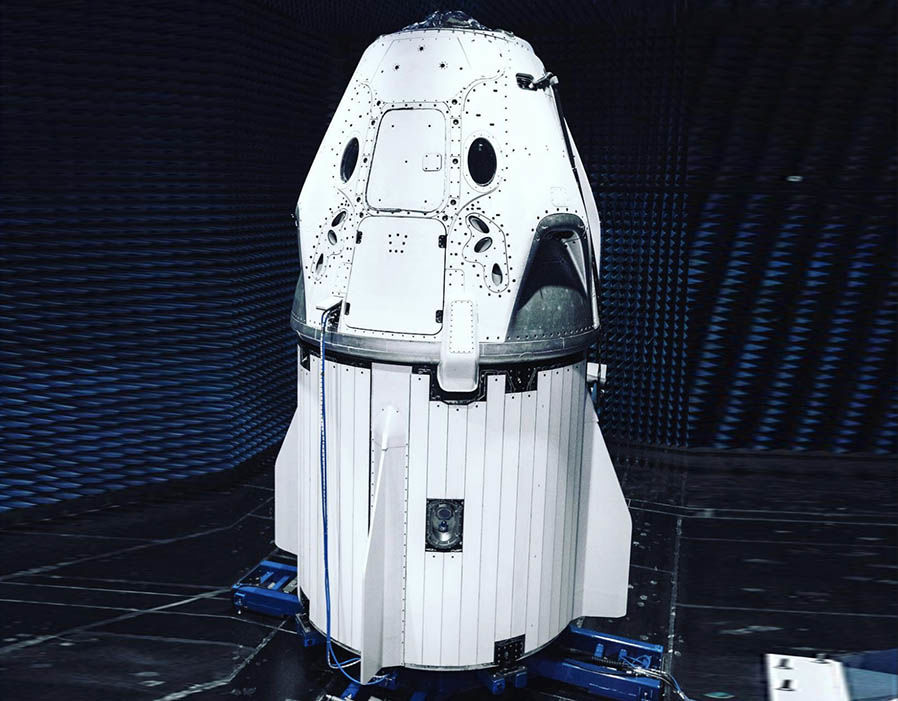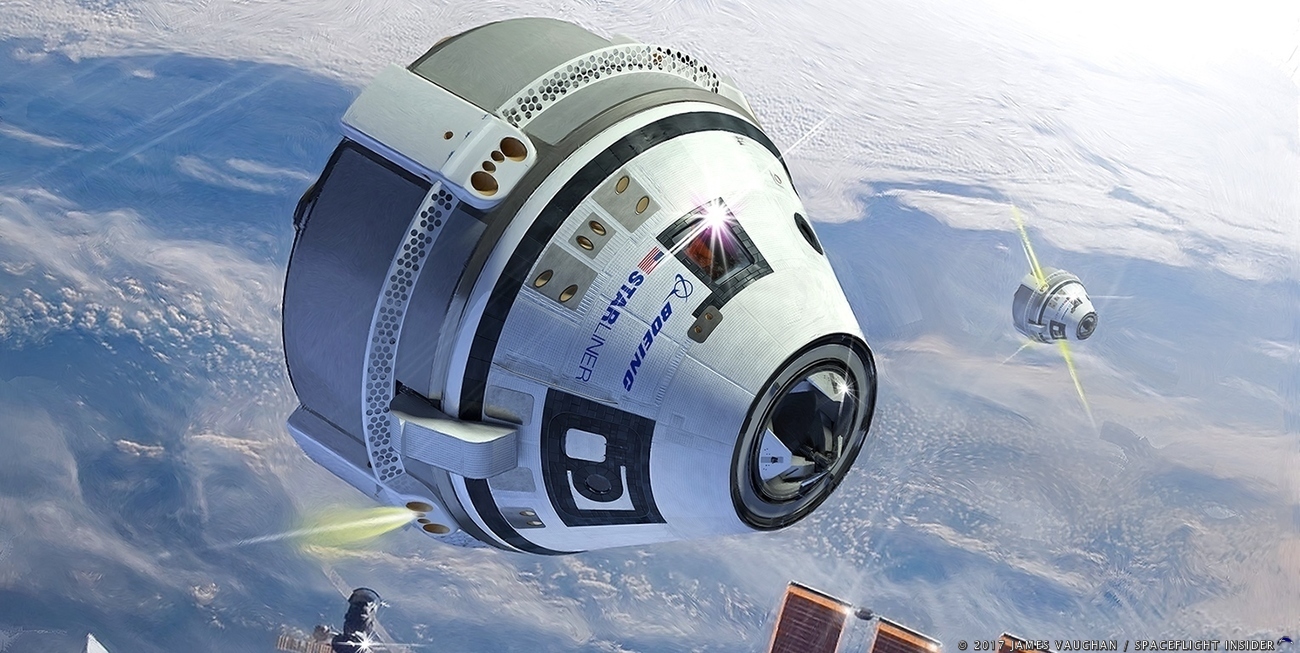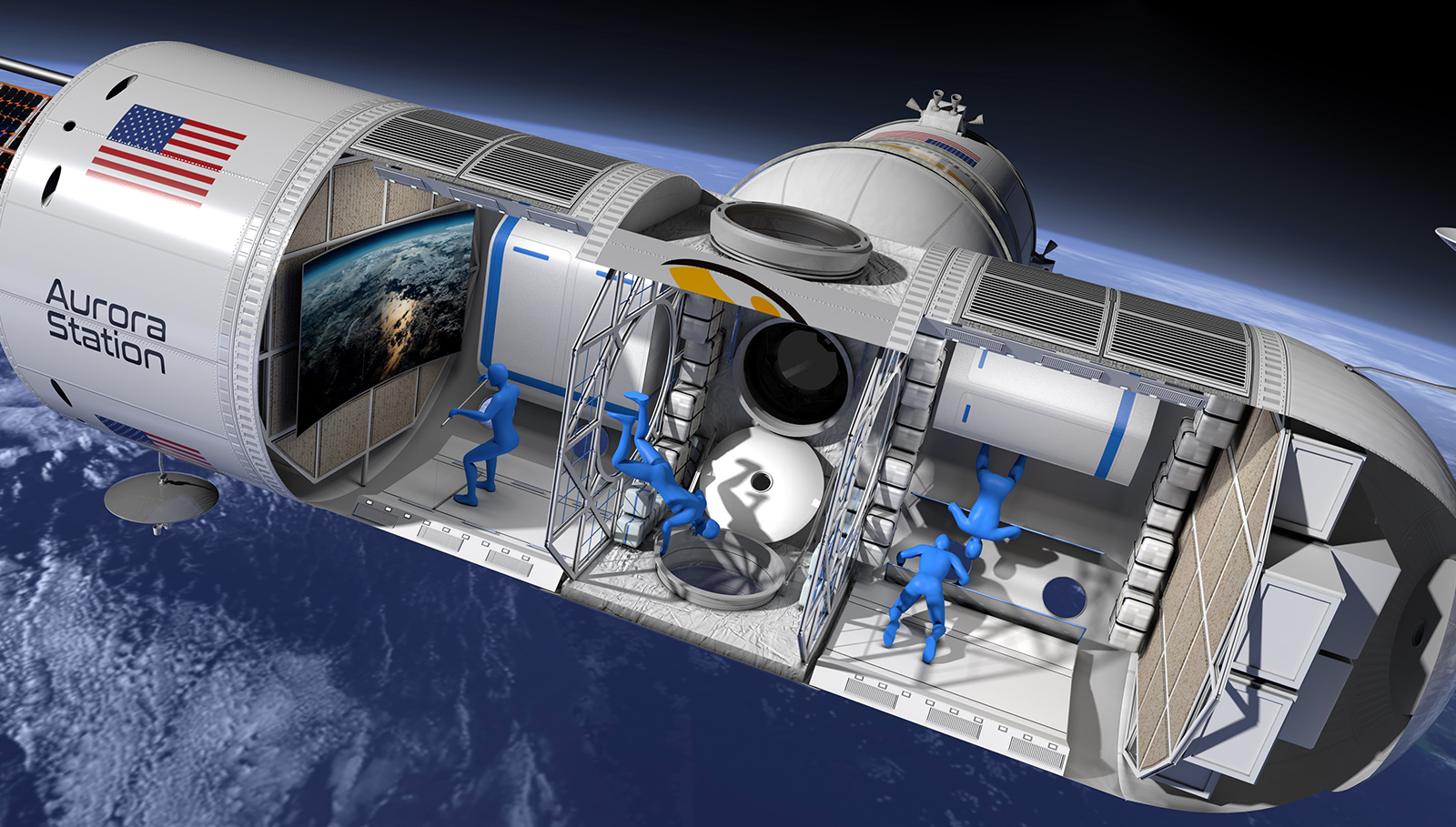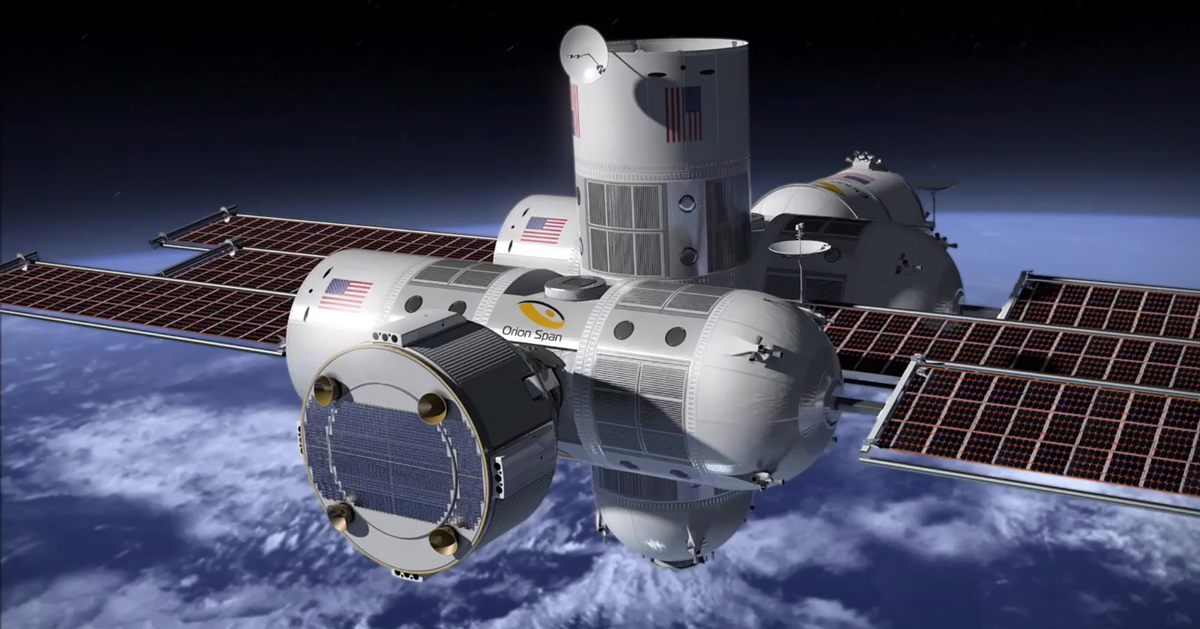I’ve already discussed two very important events in space exploration that happened earlier this month. These are the New Horizons spacecraft’s flyby of the object Ultima Thule at the outer edge of our solar system along with the Chang’e 4’s successful landing on the far side of the Moon, (See posts of 2 January and 5 January 2019). Nevertheless there have also been several other news stories worthy of mention so I’ll take care of them now.
Perhaps most significant was the successful test firing of the main engines of Space X’s Falcon 9 rocket carrying their crew Dragon Capsule. This represents the first time that a man capable spacecraft has fired its engines on American soil in eight years, since the last mission of the Space Shuttle Atlantis. See image below.

The crew Dragon is currently scheduled for an unmanned test launch on the 23rd of February but has already been delayed several times. The mission will replicate a typical crew transfer mission to the International Space Station (ISS) with the exception of any crew to transfer. If the unmanned test is successful then a manned mission is planned for sometime in the second half of 2019.

Both the Space X Dragon and Boeing’s Starliner man capable capsules are part of NASA’s commercial crew program whose intent is to allow NASA to concentrate on pushing the frontiers of space outward while private companies like Space X and Boeing take over the now routine task of getting personnel and cargo to and from low Earth orbit (LEO).

The Starliner’s first unmanned test flight is now scheduled for sometime in March with a first manned mission before the end of the year. NASA is depending on one of these two systems to be successful, their current contact with the Russians to take American’s to the ISS runs out at the end of this year.
And speaking of space stations the ISS may have a companion in just a few years, a privately owned space station. A California company named Orion Span had just released detailed interior views of their proposed Aurora Space Station, which the company plans on launching into an LEO sometime in 2021, and be ready to receive occupants the following year.
Now Orion Span is advertising the Aurora station as a space hotel where guests will be able to enjoy both zero gravity and the sight of 16 sunrises and sunsets every day. Despite the fairly cramped quarters, the Aurora measures 13.2 m in length with a diameter of 4.2 m with a pressurized cabin space of 157 m3, the station will support four guests along with two crewmembers.


At a price of $9.5 million USD for a 12-day stay, price not including getting to and from the ‘hotel’, only the very rich will be vacationing there. However Orion Span also expects to welcome astronauts from small nations seeking to start a manned space program of their own, at a reasonable cost. According to Frank Bunger, founder and current CEO of Orion Span “We will support zero gravity research, as well as space manufacturing.”
Present plans for the Aurora station are modular in design to make assembly in orbit simple as well as to allow for further growth in time. And only time will tell whether or not the Aurora space station is actually placed into orbit in 2021, or indeed ever.

Before I go I would like to give a brief update on my Post of the 2nd of January about the New Horizons space probe’s flyby of the Kuiper belt object named Ultima Thule. The probe is still sending back the data it gathered during its New Year’s Day encounter, and will be doing so for almost the next two years.
However last week New Horizons did send back a much sharper image of Ultima Thule, see below.

The planetary scientists are The Jet Propulsion Laboratory (JPL) are going to be very busy analyzing the data as it comes back from the edge of the solar system, and I’m certain they’ll be enjoying every minute of it.
